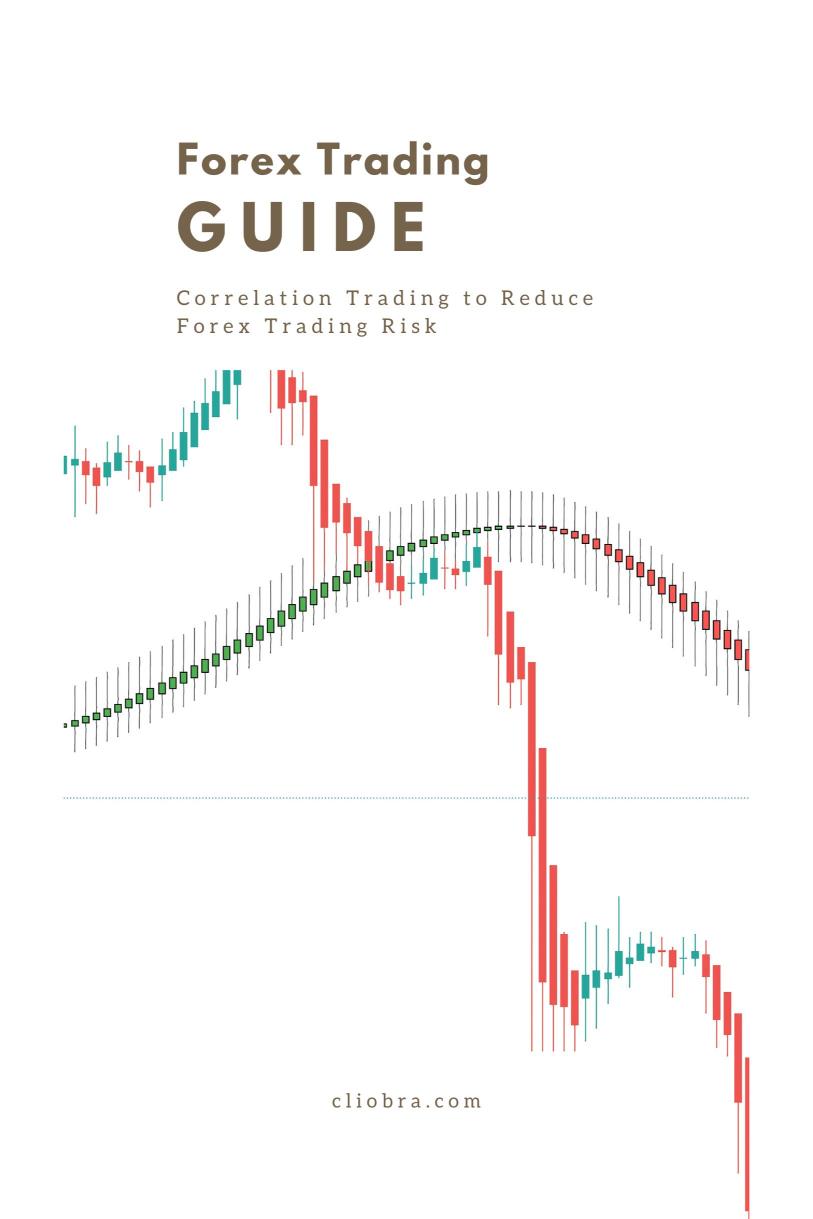Last Updated on February 8, 2025 by Arif Chowdhury
Let’s get real for a second.
Are you tired of losing trades?
Wondering how to keep those pesky drawdowns at bay?
I’ve been in the Forex game since 2015, and I’ve faced the same frustrations.
But here’s the kicker: I discovered correlation trading.
This strategy can significantly reduce your Forex trading risk.
Let’s break it down.
What is Correlation Trading?
Correlation trading is all about understanding how currency pairs move in relation to each other.
Some pairs move together, while others move inversely.
For example:
- Positive Correlation: EUR/USD and GBP/USD often rise and fall together.
- Negative Correlation: USD/CHF and EUR/USD tend to move in opposite directions.
By recognizing these patterns, you can make smarter trades and manage risk better.
Why Correlation Matters
Using correlation can help you:
- Diversify Risk: If one trade goes south, another might pull through.
- Enhance Profitability: By aligning your trades with correlated pairs, you can maximize your potential gains.
Statistically speaking, about 70% of currency pairs exhibit some level of correlation. That’s a significant number in our favor!
How to Identify Correlations
You’ve got a few tools at your disposal.
1. Correlation Coefficient: This is a statistical measure ranging from -1 to +1.
- +1 means perfect positive correlation.
- -1 means perfect negative correlation.
- 0 indicates no correlation.
2. Correlation Matrix: Many trading platforms provide this tool. It visually represents how different pairs interact.
3. Chart Analysis: Simply looking at price action over time can give you insights into correlations.
Practical Steps for Correlation Trading
Let’s get into the nitty-gritty of using correlation in your trading strategy.
1. Analyze Your Pairs
Start by selecting major currency pairs like:
- EUR/USD
- GBP/USD
- USD/CHF
- USD/JPY
2. Check for Correlation
Use a correlation coefficient calculator or a matrix to see which pairs align.
3. Adjust Your Positions
If you’re long on EUR/USD and see a strong correlation with GBP/USD, consider going long on both.
But be cautious; if you’re long on USD/CHF, it might be wise to reduce your position size since it’s negatively correlated with EUR/USD.
4. Monitor Market Conditions
Correlation can change. Stay alert to economic news and shifts in market sentiment.
5. Leverage Technology
I’ve created a portfolio of 16 sophisticated trading bots that trade based on these principles. They’re strategically diversified across the major pairs I mentioned earlier.
This multi-layered approach minimizes the risk of correlated losses.
Benefits of Correlation Trading
Here’s why you should start using correlation in your trading:
- Reduced Risk: Less chance of simultaneous losses across trades.
- Increased Flexibility: Adjust positions based on market conditions.
- Long-Term Gains: A well-executed correlation strategy can lead to consistent profitability.
Final Thoughts
Using correlation trading isn’t just a strategy; it’s a mindset shift.
You’re not just placing trades based on gut feelings.
You’re making informed decisions based on relationships between currency pairs.
If you’re looking to take your trading to the next level, consider checking out the best Forex brokers I’ve tested. You can find them here.
And if you want to automate your trading while minimizing risk, don’t miss out on my 16 trading bots portfolio.
These bots are designed for long-term success, trading based on H4 charts to capture 200-350 pips.
Remember, Forex trading carries risks, but with the right tools and strategies, you can significantly improve your chances of success.
